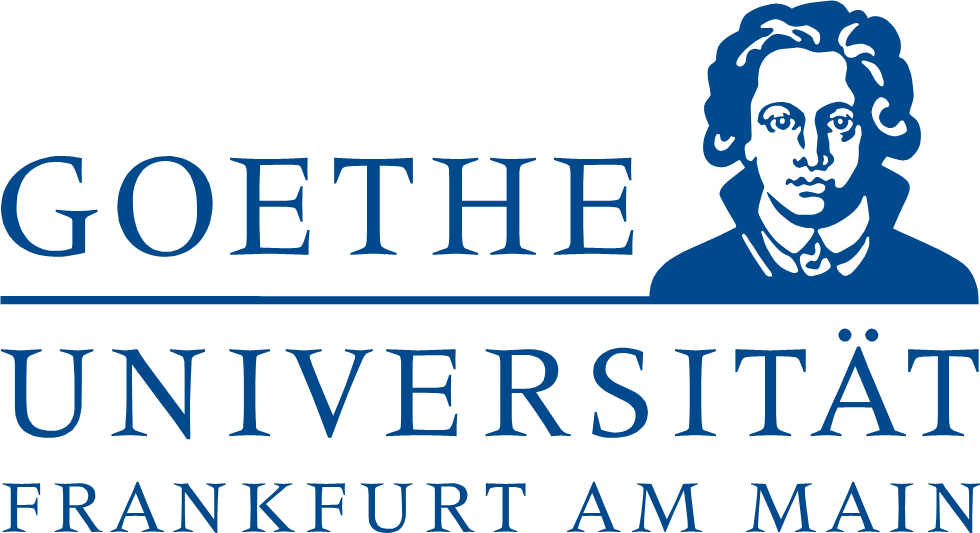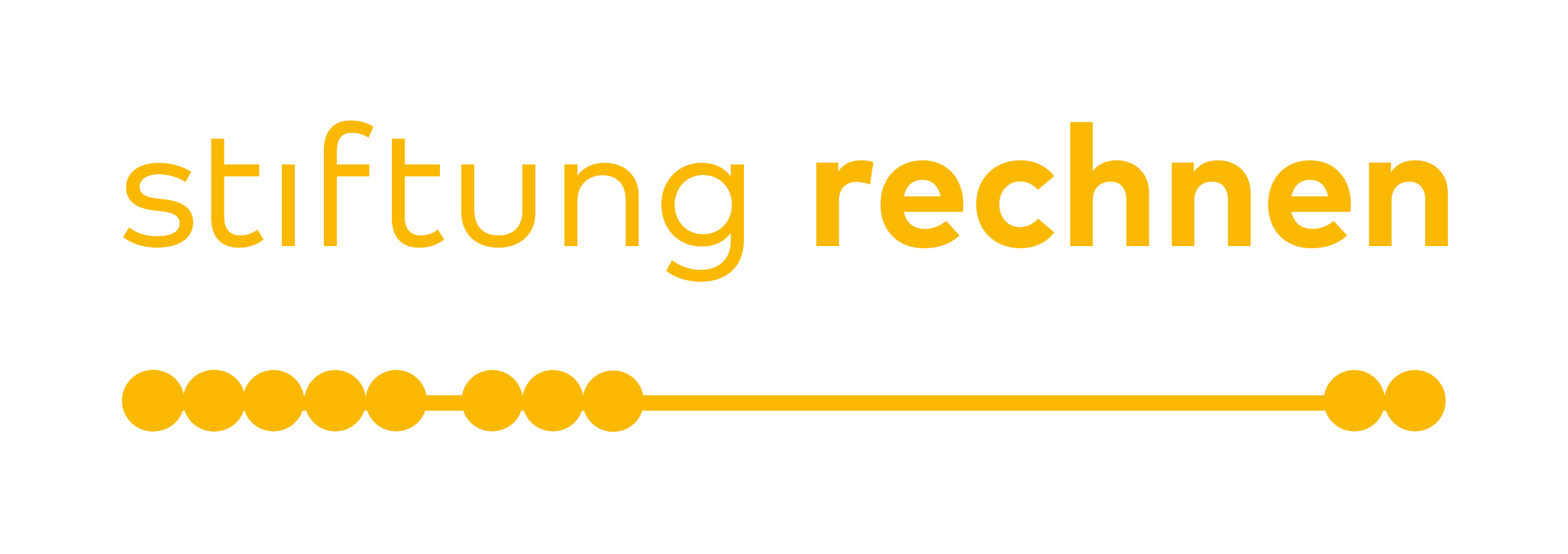Mathtrail Seminar 2017
In this summer semester, students (for becoming a teacher in mathematics) at Goethe University Frankfurt again have the opportunity to take part in the Mathtrail seminar as a special event in order to get to know the advantages of outdoor mathematics. Before the participants will develop their own tasks and trails, they should experience how it feels to make mathematics outside the classroom. This Thursday , the course took place at the Mainufer near the ECB in order to run the trail in the “Im Schatten der EZB“, which was created and tested a year ago by the Mathtrail seminar, with help of the MCM app.
In the end, everyone agreed that a mathtrail can be a lot of fun and time can fly when one solves the math problem outside the classroom. However, it has also become clear that it is not so easy to develop good tasks, because the boundary between challenge and frustration can already be exceeded through a narrow solution interval.
In the coming weeks, students will be familiar with the MathCityMap system and then implement their own trail. We are curious!
P.S.: The weather was good as always! ?











I come here searching for Mathtrail Seminar 2017. Now, Mathematics comes from many different
varieties of problems. Initially these were within commerce, land dimension,
structures and later astronomy; today, all sciences suggest problems examined by
mathematicians, and many problems come up within mathematics itself.
For instance, the physicist Richard Feynman developed the path important formulation of quantum
technicians utilizing a blend of mathematical reasoning and physical understanding, and today’s string theory, a still-developing medical theory
which tries to unify the four important forces of aspect,
continues to motivate new mathematics.
Many mathematical things, such as packages of quantities and functions, show internal structure because of procedures or relationships that are described on the collection. Mathematics then studies properties of these sets that may be expressed in conditions of that framework;
for instance amount theory studies properties of the
group of integers that may be expressed in conditions of arithmetic functions.
Additionally, it frequently happens that different such organised sets (or set ups) show similar properties, rendering it possible, by
an additional step of abstraction, to convey axioms for a course of constructions, and then research at once the complete class of buildings fulfilling these axioms.
Thus you can study teams, rings, domains and other abstract systems; collectively such studies (for constructions described
by algebraic businesses) constitute the website of abstract algebra.
Here: http://math-problem-solver.com To be able to clarify the foundations
of mathematics, the domains of mathematical logic and set in place theory were developed.
Mathematical logic includes the mathematical analysis of
logic and the applications of formal logic to the areas of mathematics; place theory is the
branch of mathematics that studies packages or choices of things.
Category theory, which offers within an abstract way with mathematical
buildings and connections between them, continues to be in development.